Artiles
Open Access
Review
03 September 2025Defect Engineering in Carbon-Based Metal-Free Catalysts: Active Sites, Reduction Mechanisms, and 3D Architectures for Sustainable 4-Nitrophenol Reduction
Nitrophenols (NPs), classified as priority pollutants due to their significant toxicity, persistence, and bioaccumulation potential, pose severe threats to ecosystems and human health. Catalytic reduction, particularly the conversion of NPs like 4-nitrophenol (4-NP) to less toxic aminophenols using sodium borohydride (NaBH4), represents a promising remediation strategy. While conventional metal-based catalysts face limitations including high cost, poor durability, and potential metal leaching, carbon-based metal-free catalysts (C-MFCs) have emerged as highly efficient, sustainable, and cost-effective alternatives. However, the precise reaction mechanisms governing NP reduction over C-MFCs remain ambiguous, and significant debate surrounds the nature of the active sites and the structure-activity relationships dictating performance. This review systematically elucidates the catalytic sites and associated reduction mechanisms in C-MFCs. We comprehensively summarize design principles centered on defect engineering strategies, encompassing single-atom (N, S, B, P, O), dual-atom (B,N; N,S; N,P), and tri-atom (B,N,F; N,P,F) doping, alongside non-doping defects such as edge and pore defects. The critical structure-performance relationships linking these engineered active sites to catalytic activity (e.g., turnover frequency, TOF) are analyzed, integrating experimental evidence and theoretical insights. Furthermore, strategies for constructing three-dimensional architectures to enhance active site accessibility and catalyst stability are highlighted. This work provides fundamental insights to guide the rational design of next-generation high-performance C-MFCs for sustainable nitrophenol pollution control.
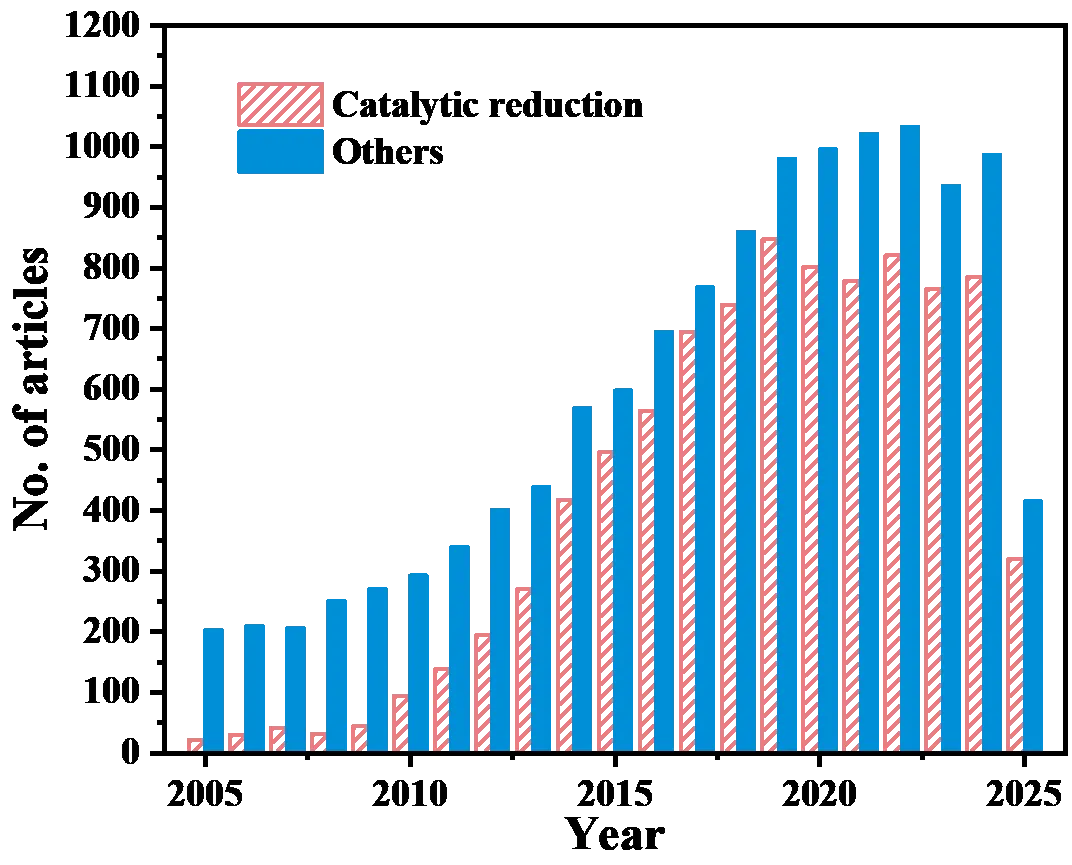
Open Access
Article
03 September 2025From Fossil to Future: Trade, Technology and Clean Energy Transitions in High-Impact Developing Economies
This study examines the impact of economic growth, renewable energy equipment imports, and energy use on CO2 emissions in seven developing countries over the period 2000–2021, employing second-generation panel estimators (Augmented Mean Group AMG, The Common Correlated Effects Mean Group CCEMG) that account for cross-sectional dependence and slope heterogeneity. Results show that economic growth and energy use significantly increase emissions, while renewable energy equipment imports display no direct or robust mitigating effect. This limited impact likely reflects adoption and integration challenges and the absence of complementary policies, underscoring the need for strategies that link imports to technology transfer and domestic manufacturing capacity. Granger causality tests indicate that growth and renewable energy imports drive emissions, highlighting the necessity for integrated green industrial policies, carbon pricing mechanisms, and sustainable finance instruments. These findings suggest that, for developing economies, achieving low-carbon growth requires a coordinated policy mix that aligns environmental objectives with economic development goals.
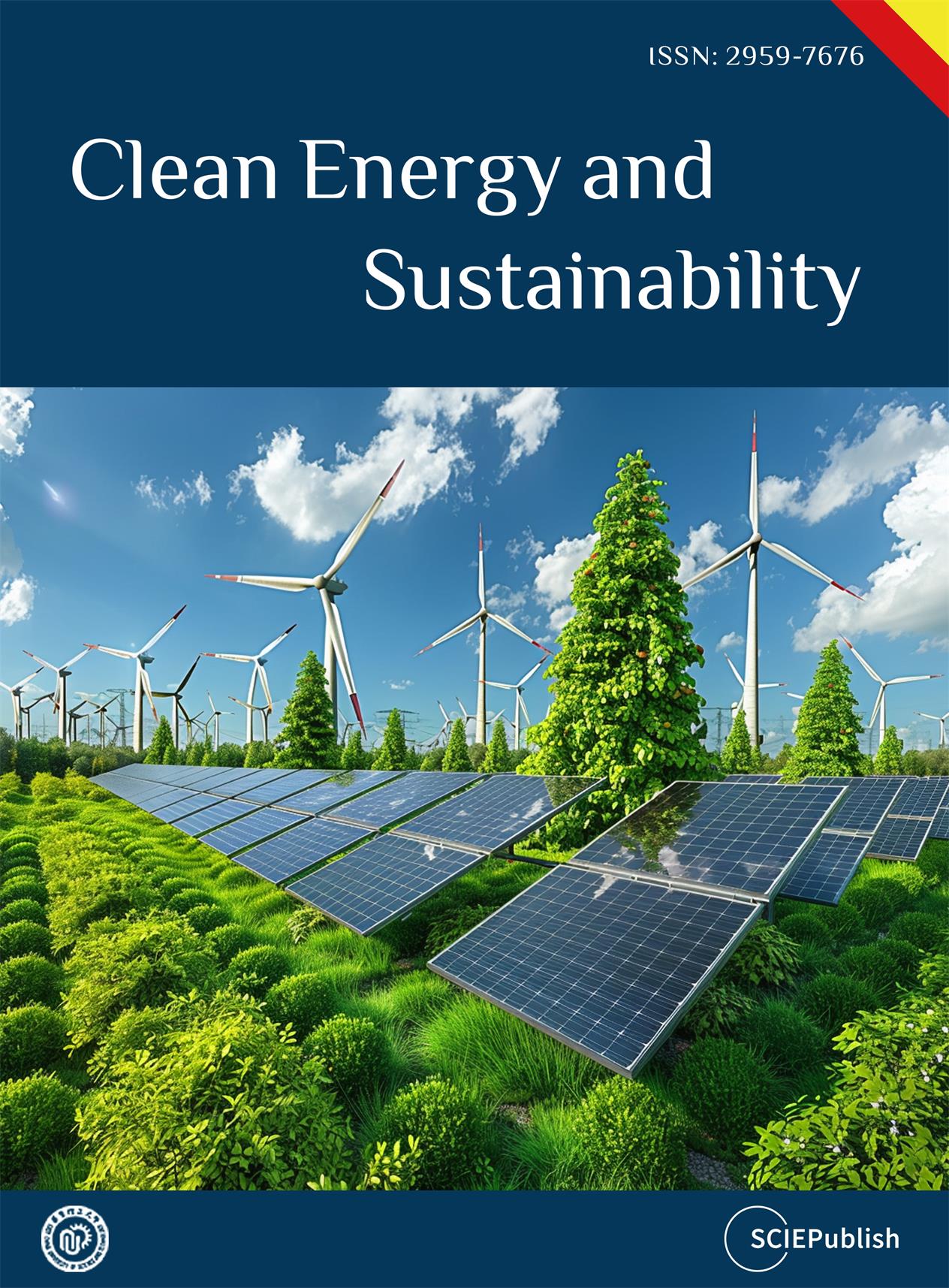
Open Access
Article
02 September 2025The Crystallography of Diverse Intermetallic Phases in Binary La-Ni Alloy Obtained by Melting and Its Structural Evolution under High Temperature Sintering
In this study, we have investigated the structural evolution of binary La-Ni alloy under different heat treatments by combing single crystal X-ray diffraction (SXRD) as well as scanning electron microscope (SEM) and transmission electron microscopy (TEM). It has been found that LaNi and La7Ni3 can be successfully synthesized through the arc melting method. Then it was found that LaNi5 appears in the binary La-Ni mixture wrapped by a Tantalum sheet, followed by high-temperature sintering. Next, some pilot experiments have been carried out on the La-Ni mixture by sealing tube technique with some residual oxygen. Serendipitously, oxidation has not been found while La3Ni3Si2 and La2NiSi besides LaNi phase show up. Meanwhile, the detailed crystal structure information and their topological features of the aforementioned phases as well as their high-resolution TEM images, have been obtained. Furthermore, the orientation relationships of the Si-contaminated mixed phases have been thoroughly investigated by advanced precession images of SXRD patterns.

Open Access
Article
29 August 2025Physiopathological Insights into Atrial Fibrillation Onset through Heart Rate Variability Correlations
Atrial fibrillation (AF) is the most common
cardiac arrhythmia and is associated with increased morbidity and mortality.
Early prediction of AF episodes remains a clinical challenge. This study aimed
to generate physiopathological hypotheses for AF onset by analyzing
correlations among heart rate variability (HRV) parameters in patients
monitored via long-term Holter ECG. We utilized the IRIDIA-AF database,
comprising 1319 paroxysmal AF episodes from 872 patients. An XGBoost machine
learning model was developed to predict AF onset within 24 h using short- and
long-term HRV features, fragmentation indices, and non-linear metrics extracted
during sinus rhythm. Model interpretation was performed using SHapley Additive
exPlanations (SHAP) values, and dimensionality reduction techniques were
applied for data visualization. The model achieved an area under the receiver
operating characteristic curve of 0.919 and an area under the precision-recall
curve of 0.919, with high accuracy, sensitivity, and specificity. Key
predictive features included short-term vagal activity, HRV fragmentation
indices, and non-linear parameters, highlighting the role of the autonomic
nervous system in AF initiation. Our findings suggest that distinct
physiological profiles, detectable via HRV, may underlie AF susceptibility and
could inform personalized monitoring and prevention strategies.

Open Access
Article
29 August 2025Vocabulary of Chinese Origin in the Language of Russian Residents of Harbin in the First Half of the 20th Century
The purpose of the article is to study the functioning of lexical units of Chinese origin in the speech of representatives of the Far Eastern emigration. The language of everyday communication is the first to respond to socio-cultural, ethnocultural, ethno-religious processes occurring in society. At present, when the culture of Far Eastern emigration in its close interaction with Chinese culture has become a fact of history, the reconstruction of the processes of intercultural communication between Russians and Chinese in Harbin causes great difficulties. This explains the relevance of studying the Chinese influence on the language of Russian emigrants who found refuge in Harbin in the first half of the 20th century. The novelty of the work is due to the lack of comprehensive studies dealing with Chinese borrowings in the everyday language of ordinary Harbin residents. An appeal to the memories and oral histories of Harbin residents allows us to trace how lexemes borrowed from the Chinese language and continuing to live in the linguistic consciousness of people who grew up in Harbin. The methodology of this article is based on historical-cultural, functional, linguocultural, and lexical-semantic approaches, as well as interviewing. The work uses materials from the authors’ field research among Harbin residents. Based on the results of the study, the authors conclude that although most Russians living in Harbin in the first half of the 20th century did not speak Chinese, Chinese borrowings were a constant part of their lives. This is especially true for various lacunae related to everyday realities, cooking, traditional culture, etc. Harbin residents organically assimilated such lexical units and preserved them in their speech for decades—even outside China. Of course, this testifies to close ethnocultural contacts between Russians and Chinese in Manchuria.

Open Access
Article
28 August 2025The Thermal Impact of Various Pavement Materials on Outdoor Temperature in a Temperate Four-Season Climate: A Case Study of Arak City, Iran
Urban heat and oasis effects significantly alter urban microclimates due to anthropogenic heat emissions and the thermal properties of urban surfaces. This study aims to quantitatively assess the thermal effects of different pavement types on outdoor temperatures across seasonal extremes in a temperate four-season climate. Conducted in Arak city, Iran, on 22 July and 22 January 2023, this research investigates both warm and cold seasons to provide a comprehensive understanding of pavement influence on urban microclimates throughout the year. Using the ENVI-met 5.0.3 modeling software, an environmental meteorology tool for simulating urban microclimates, the thermal performance of commonly used asphalt pavement was compared with alternative materials such as basalt and light-colored concrete on Dr. Hesabi Street. Simulation results reveal that basalt and light-colored concrete pavements reduce summer cooling loads by up to 3.49 degrees Celsius (°C), enhancing pedestrian thermal comfort, but simultaneously increase winter heating demands by 1.04 °C. This balance presents an optimal scenario to minimize adverse climate effects across seasons. The findings offer valuable insights for sustainable urban planning, promoting resilient city design strategies that mitigate heat and oasis effects in diverse climates. This study contributes actionable recommendations for urban planners seeking to balance thermal performance in temperate climates with seasonal variability.
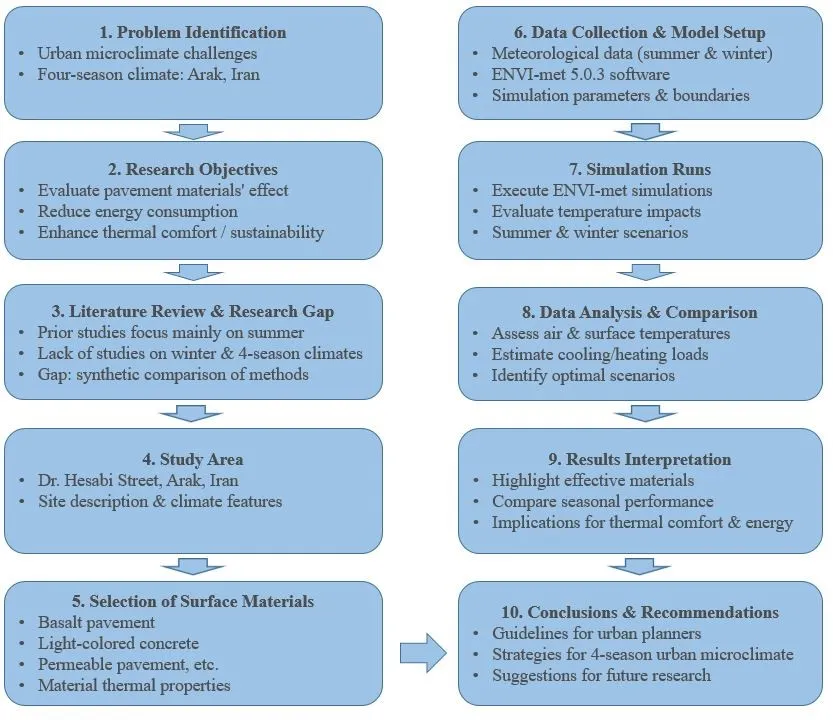
Open Access
Article
28 August 2025Initiation of Surface Processes by Resonance IR Laser Excitation—State and Perspectives
A possibility to initiate surface reactions by resonant IR laser radiation has been studied. Several systems have been tried, including those with linkage isomerism, such as CO bound to cations in zeolites, decomposition of adsorbed unstable molecules like ozone or HN3, reactions of vibrationally excited molecules with coadsorbed species, or the effect of resonance excitation of hydroazide acid HN3 upon its ability to induce the protonation of dimethylpyridine adsorbed on silanol groups of silica. In almost all the experiments, the changes caused by irradiation were weak, and isotopic selectivity was rather poor. The choice of systems and possible ways to improve their characteristics are discussed as well as the perspectives of their usage for isotope separation or other practical tasks.
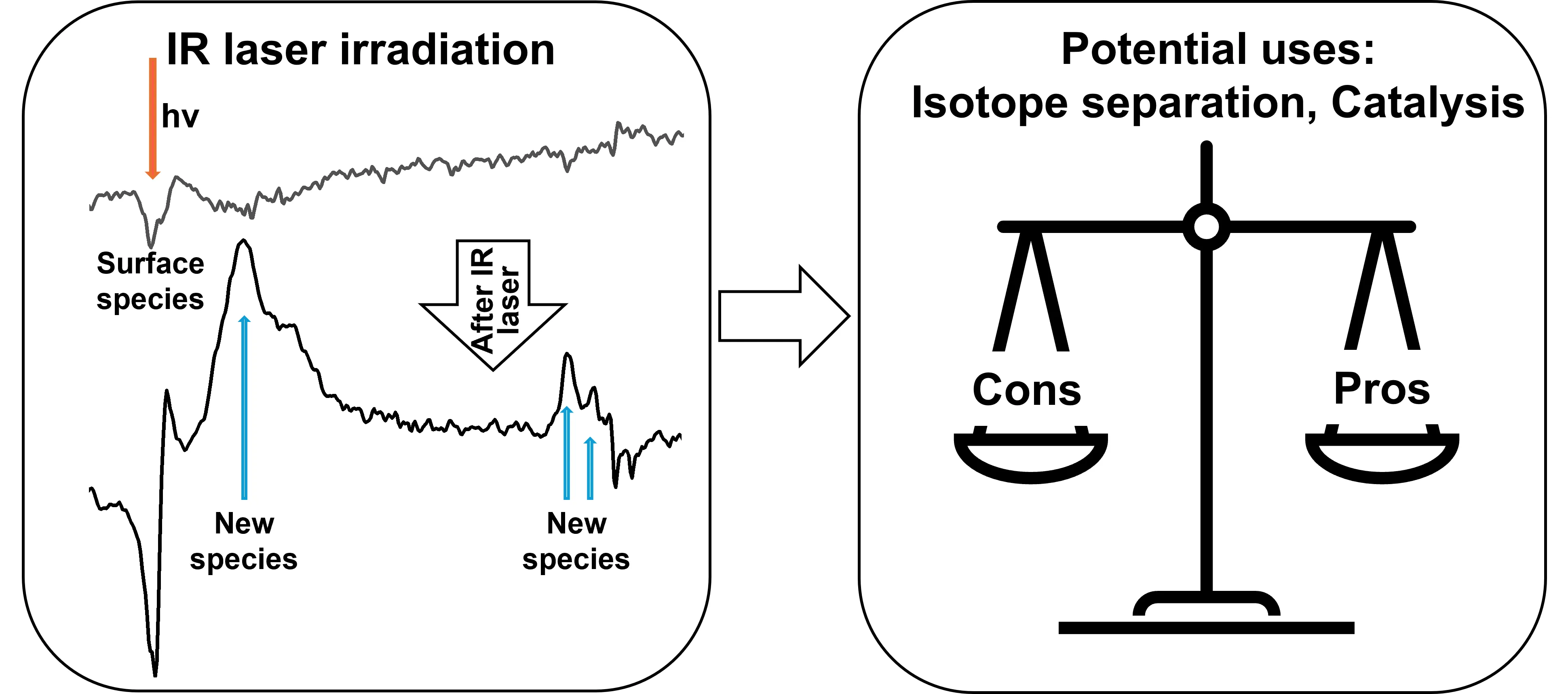
Open Access
Editorial
28 August 2025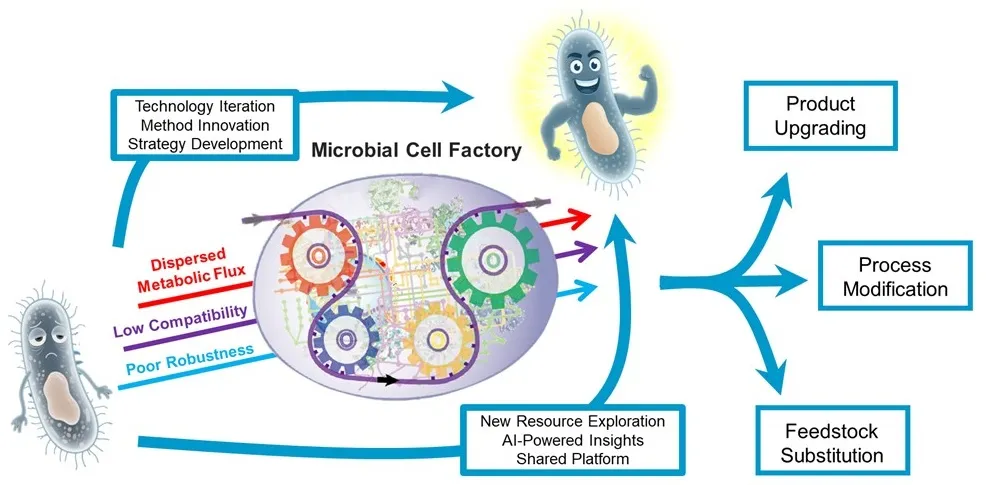
Open Access
Article
27 August 2025Statistical Analysis of GSR Particles Morphometry Using the CART Method
According to ASTM E1588-20, gunshot residue (GSR) particles can be unequivocally identified through chemical and morphometric analysis using scanning electron microscopy coupled with energy-dispersive X-ray spectroscopy (SEM-EDS), the gold standard technique for GSR detection. Recent studies have reported the presence of characteristic GSR particles—containing lead (Pb), barium (Ba), and antimony (Sb)—on vehicle occupants exposed to airbag deployment, underscoring the need for complementary analytical approaches. While elemental composition remains the primary criterion for GSR identification, morphometric analysis enhances the ability to differentiate GSR from other environmental particles. Furthermore, detailed characterization of GSR particle morphology may assist in determining the type of firearm used in a shooting incident. This study systematically analyzed characteristic GSR particles originating from four Brazilian-manufactured ammunition, establishing an initial framework for differentiating between two classes of firearms (short and long) based on morphometric features using the Classification and Regression Tree (CART) method. CART is well-suited for scenarios where interpretability and ease of implementation are priorities. Two short firearms—Taurus G2C pistol (0.40 caliber) and Glock G23 pistol (9 mm caliber) and two long firearms—Colt M16A2 rifle (5.56 mm caliber) and IMBEL FAL rifle (7.62 mm caliber) were tested: Ammunition types included CBC 0.40 S&W CSCV 160 gr, CBC 9 mm copper bullet (batch BNC10), CBC 5.56 mm AXO46 (batch A0142946), and CBC 7.62 × 51 mm Common. Morphometric analysis revealed distinct variations in characteristic GSR particle profiles across different ammunition calibers. A new four-category classification system for characteristic GSR particles was developed, with 57% identified as regular spheroids. Using CART analysis, a statistical model achieved 76% accuracy in distinguishing between short and long firearms based on morphometric parameters, particularly circularity and Feret diameter. Further research with expanded datasets and alternative predictive methods is recommended to enhance model performance and generalizability. These findings reinforce the potential of morphometric classification as a complementary tool in forensic ballistics.

